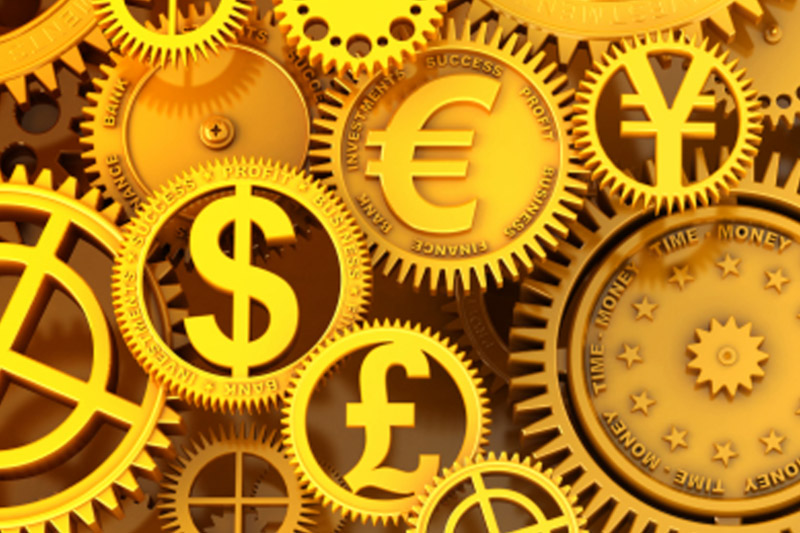Investing.com - The dollar eased back from session highs against the yen on Monday, but remained broadly supported by expectations that the Federal Reserve will soon start to unwind its asset purchase program.
During U.S. morning trade, the dollar pulled back from two-week highs against the yen, with USD/JPY sliding 0.26% to 97.56, down from session highs of 98.70.
The safe haven yen was boosted by concerns over a credit crunch in China, after the People’s Bank of China said lenders must do more to meet requirements in liquidity management.
Demand for the dollar continued to be underpinned after Fed Chairman Ben Bernanke said last week the bank could begin slowing asset purchases by the end of this year and wind them down completely by the middle of 2014 if the economy continues to pick up.
The dollar was trading close to two-week highs against the euro, with EUR/USD down 0.17% to 1.3102.
Sentiment on the euro remained fragile as peripheral euro zone bond yields continued to grind higher amid concerns over the prospect of an end to the Fed’s stimulus program.
The yield on Spanish 10-year bonds rose above 5% for the first time since early April on Monday, up from 4.88% on Friday. Meanwhile, the yield on Italian 10-year bonds climbed to 4.7% from 4.58% on Friday.
The single currency showed little reaction after a report showed that the Ifo index of German business climate improved to 105.9 in June from 105.7 in May, in line with market expectations.
Elsewhere, the greenback was higher against the pound, with GBP/USD down 0.11% to 1.5404.
The dollar was fractionally lower against the Swiss franc, with USD/CHF edging down 0.06% to 0.9337.
The greenback pulled back from multi-month highs against its Australian and New Zealand counterparts, with AUD/USD rising 0.53% to 0.9263 and NZD/USD climbing 0.23% to 0.7758.
The greenback was trading within striking distance of 20-month highs against the Canadian dollar, with USD/CAD up 0.64% to 1.0526.
The dollar index, which tracks the performance of the greenback versus a basket of six other major currencies, was up 0.23% to 82.80.
During U.S. morning trade, the dollar pulled back from two-week highs against the yen, with USD/JPY sliding 0.26% to 97.56, down from session highs of 98.70.
The safe haven yen was boosted by concerns over a credit crunch in China, after the People’s Bank of China said lenders must do more to meet requirements in liquidity management.
Demand for the dollar continued to be underpinned after Fed Chairman Ben Bernanke said last week the bank could begin slowing asset purchases by the end of this year and wind them down completely by the middle of 2014 if the economy continues to pick up.
The dollar was trading close to two-week highs against the euro, with EUR/USD down 0.17% to 1.3102.
Sentiment on the euro remained fragile as peripheral euro zone bond yields continued to grind higher amid concerns over the prospect of an end to the Fed’s stimulus program.
The yield on Spanish 10-year bonds rose above 5% for the first time since early April on Monday, up from 4.88% on Friday. Meanwhile, the yield on Italian 10-year bonds climbed to 4.7% from 4.58% on Friday.
The single currency showed little reaction after a report showed that the Ifo index of German business climate improved to 105.9 in June from 105.7 in May, in line with market expectations.
Elsewhere, the greenback was higher against the pound, with GBP/USD down 0.11% to 1.5404.
The dollar was fractionally lower against the Swiss franc, with USD/CHF edging down 0.06% to 0.9337.
The greenback pulled back from multi-month highs against its Australian and New Zealand counterparts, with AUD/USD rising 0.53% to 0.9263 and NZD/USD climbing 0.23% to 0.7758.
The greenback was trading within striking distance of 20-month highs against the Canadian dollar, with USD/CAD up 0.64% to 1.0526.
The dollar index, which tracks the performance of the greenback versus a basket of six other major currencies, was up 0.23% to 82.80.
